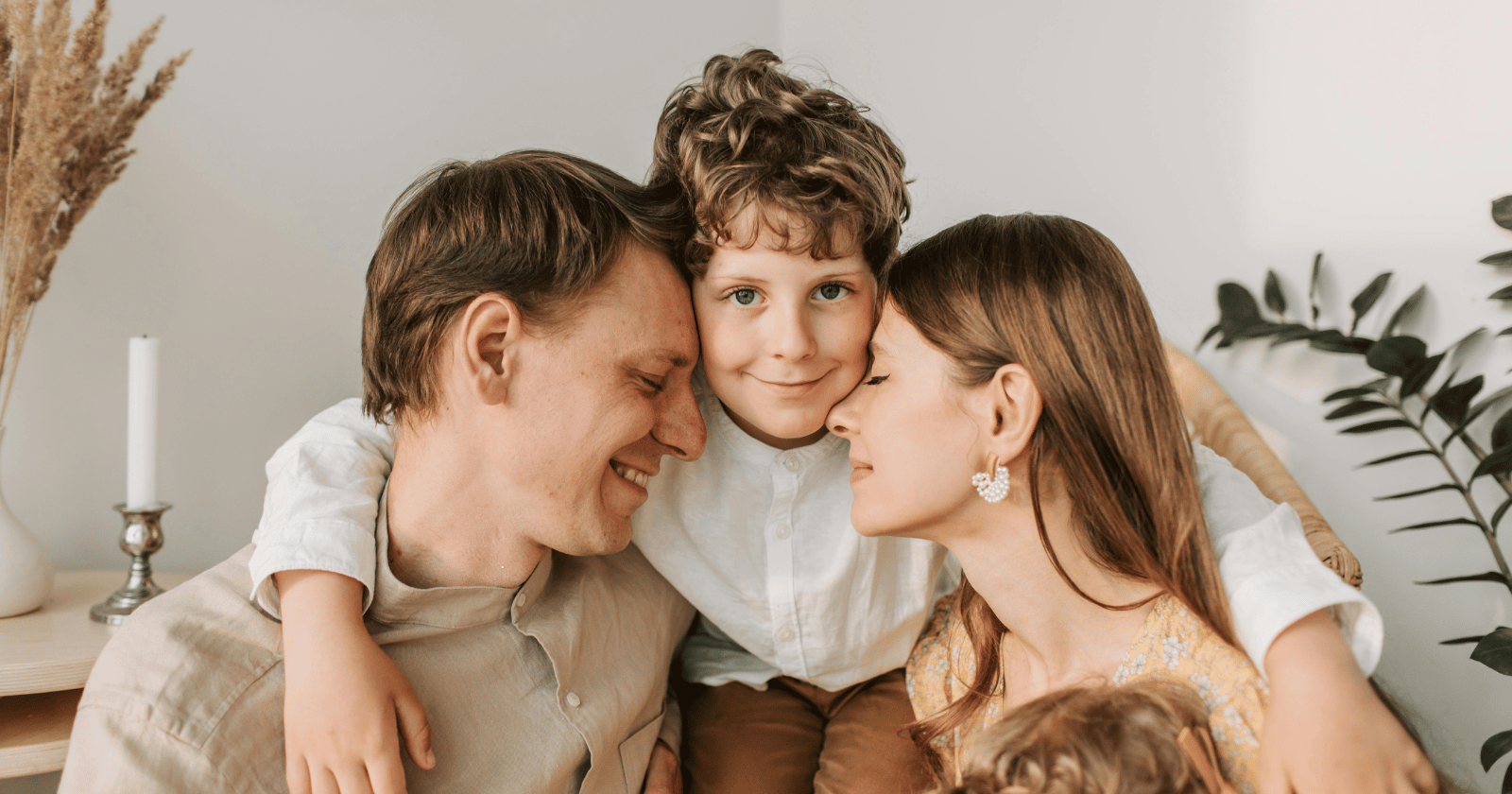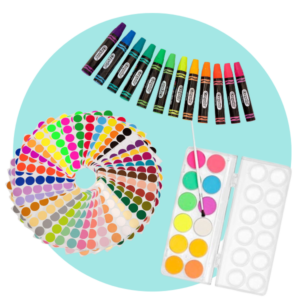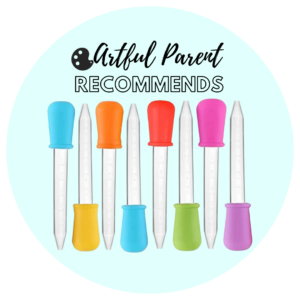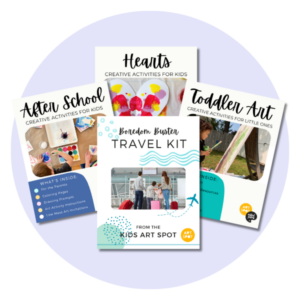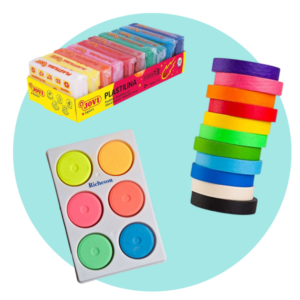Raising kids who can bend without breaking… isn’t that what we are all hoping for?
I think about this a lot when I am watching Ellie sort leaves into little families in the backyard or when Milo decides he is going to scale the couch like a mountaineer with absolutely no sense of gravity.
These everyday scenes remind me that resilience is not some grand lesson we deliver from the couch with a mug of tea and a speech called Today we are learning grit. It is built quietly, almost invisibly, in the daily moments when we choose connection, curiosity, and patience, even when it takes effort.
And yes, I lean pretty natural in how I parent: baby wearing, co-sleeping, breastfeeding until they were ready, cloth diapers on the days I could manage them, intuitive routines, and a home where screens are not the background noise.
But being natural does not make resilience automatic. Real resilience comes from the relationship we build with our kids, not the lifestyle we align with.
Over time, I have realized that emotionally intelligent parents do not necessarily have perfect days or perfect discipline strategies. What they do have are clear lines around what they will not do. Choices that make space for their children to grow strong, steady, and secure.
Here are nine of those choices.
1) Shielding kids from every struggle
Have you ever caught yourself stepping in the second your child even looks uncertain? I used to do this constantly with Ellie. The moment she hit a puzzle piece that did not fit or felt embarrassed because she could not read a word in her storybook, I would feel this anxious flutter to jump in and rescue her.
But here is the truth: resilience cannot grow in a bubble.
A little frustration is a gift. A little challenge is a teacher. Every time our kids hit a bump and push through, even if it takes three tries and a deep breath, their brain is literally wiring itself for confidence.
It reminds me of something author Michael Meade said: “Our genius hides in the wound.” It reframed struggle as something sacred, not scary.
Instead of stepping in immediately, I practice giving Ellie and Milo space. A few seconds. Sometimes a minute. Enough time for them to think, problem-solve, or even ask for help instead of relying on help to appear instantly.
That pause, even if it is uncomfortable for us, is where resilience is born.
2) Taking responsibility for them instead of helping them take it themselves
Kids are natural storytellers, especially when they are trying to explain why their actions were totally, absolutely, not their fault.
I cannot tell you how many times Ellie has come home insisting her friend made her do something, or that her tower fell by itself. Kids are not trying to deceive us. They are protecting their tender egos.
But when we rush to excuse them or blame someone else, they miss out on the lesson all resilient people eventually learn: I have power over my choices.
I do not want my kids to feel shame for messing up. That shuts down growth. But I do want them to learn responsibility because ownership builds agency.
- 9 subtle behaviors that signal someone is highly intelligent but lacks basic empathy and compassion - Global English Editing
- You know you’re a boomer when these 7 phrases were your top parenting lines - Global English Editing
- If you’re feeling these 10 things in retirement, you’re probably more unhappy than you’re willing to admit - Global English Editing
So I use open door questions: “What part do you think you played in this?” “What could you do differently next time?” “What do you think would help fix this?”
These questions do not threaten. They invite reflection.
Even with Milo, responsibility looks simple: helping pick up crayons he launched across the room or handing Ellie back a toy he grabbed without asking.
Tiny actions. Big lessons.
3) Valuing achievement over effort and character
Let us be honest. It is incredibly easy to get swept up in performance. High grades, early reading, perfect dances at preschool recitals… it is all so measurable, and as parents, we love the reassurance that we are doing things right.
But here is the catch: if we only praise results, our kids start believing their worth lives in those results.
And what happens the first time something does not go well?
A while back, Ellie joined a little soccer program. She was one of the youngest and certainly not the most coordinated. Some days she spent half the practice picking flowers. But every time she tried again, even when she stumbled, she would look at me like, “Did you see that? I did not quit.”
One afternoon she came running off the field yelling, “Mama, I kept practicing even when I fell.”
That was the moment I realized how much more powerful it is to celebrate effort, kindness, and attitude.
Achievements fade. Character sustains.
4) Teaching kids to hide or shrink their emotions
Many of us grew up hearing things like “You are fine,” or “Do not cry,” or “Shake it off.” It was not malicious. Our caregivers simply did not have the tools we have today.
But resilience does not grow from shutting feelings down. It grows from learning to feel them, understand them, and move through them without shame.
In our house, naming emotions is part of the rhythm: “You are feeling disappointed.” “That scared you, did it not?” “You look frustrated. Do you want help or a minute to try?”
This simple language creates safety.
Child psychologist Dr. Lisa Firestone says: “Emotional attunement creates the scaffolding for emotional regulation.”
And emotional regulation, not suppression, is the backbone of resilience.
5) Using fear as a parenting tool
The first time I yelled out of sheer burnout, the room went still. Ellie did not cry or tantrum. She froze. And that moment taught me something important:
Compliance built on fear is not the same as respect built on connection.
Fear-based parenting creates kids who look obedient but feel anxious or disconnected on the inside.
Resilience grows in trust, not intimidation.
That does not mean we skip boundaries. It means our boundaries are clear, calm, and consistent.
In our home, we focus on:
- Calm corrections
- Natural consequences
- Repair after conflict
If Milo throws his snack, he helps sweep it. If Ellie speaks unkind words, we talk about repair and practice kinder responses.
No yelling needed. No shame required.
6) Micromanaging every moment of their day
There was a season where I felt like I narrated my children through life.
“Hold the spoon this way.” “Sit like this.” “Do it that way, not that way.”
I meant well. But kids who are micromanaged become afraid to experiment. They hesitate. They question themselves. They wait for direction instead of trying something new.
Resilience thrives on autonomy.
Now I try to step back unless safety is involved. I ask more questions and give fewer instructions: “What do you think will happen if you try it that way?” “You can choose. Slow or fast?” “Try it. I am here if you need me.”
Even letting Ellie pick a mismatched outfit or letting Milo pour his own smoothie gives them a sense of capability.
And capability fuels resilience.
7) Solving problems too quickly
You know that urge to just fix the thing because you are exhausted, it is late, or you do not want to watch a toddler battle with a zipper?
Yes. That urge.
But solving everything instantly removes micro-opportunities for persistence and problem-solving.
Now when Milo struggles with a stuck lid or Ellie cannot get her tower to stand, I sit back and narrate possibilities: “Want to rotate it?” “Try again. I am watching.” “What else could we try?”
It is slower, yes. But these tiny moments teach kids that failure is feedback, not a full stop.
8) Overexplaining or overwhelming them with adult logic
I used to think explaining everything would help my kids understand the world better. But sometimes I turned small things into long speeches, and Ellie would zone out almost immediately.
Kids need clarity, not complexity.
“We are leaving the park in five minutes.” “We do not hit. It hurts.” “You can be mad. You are safe.”
Predictability helps ground kids. And grounded kids handle stress much better.
9) Ignoring our own emotional well-being
This might be the most important one.
I can use every gentle strategy in the book, but if I am overwhelmed, burned out, or ignoring my own needs entirely, everything becomes harder.
Kids sense our emotional state before they understand it. If I have not rested, eaten well, or asked Matt for help, my patience wears thin fast.
Resilience is not just something we teach. It is something we model.
Brené Brown puts it perfectly: “We do not have to do all of it alone. We were never meant to.”
When we rest or seek support, our kids learn that needing help is not weakness. It is wisdom.
Final thoughts
Raising kids who adapt, recover, and keep going is not about perfection. It is about showing up consistently so they feel safe being imperfect themselves.
It is about pausing before rescuing, breathing before reacting, guiding without controlling, and loving without conditions.
Resilience is built in quiet moments when we choose connection over convenience.
And that is something every parent, natural-leaning, structured, or somewhere in between, can offer.


